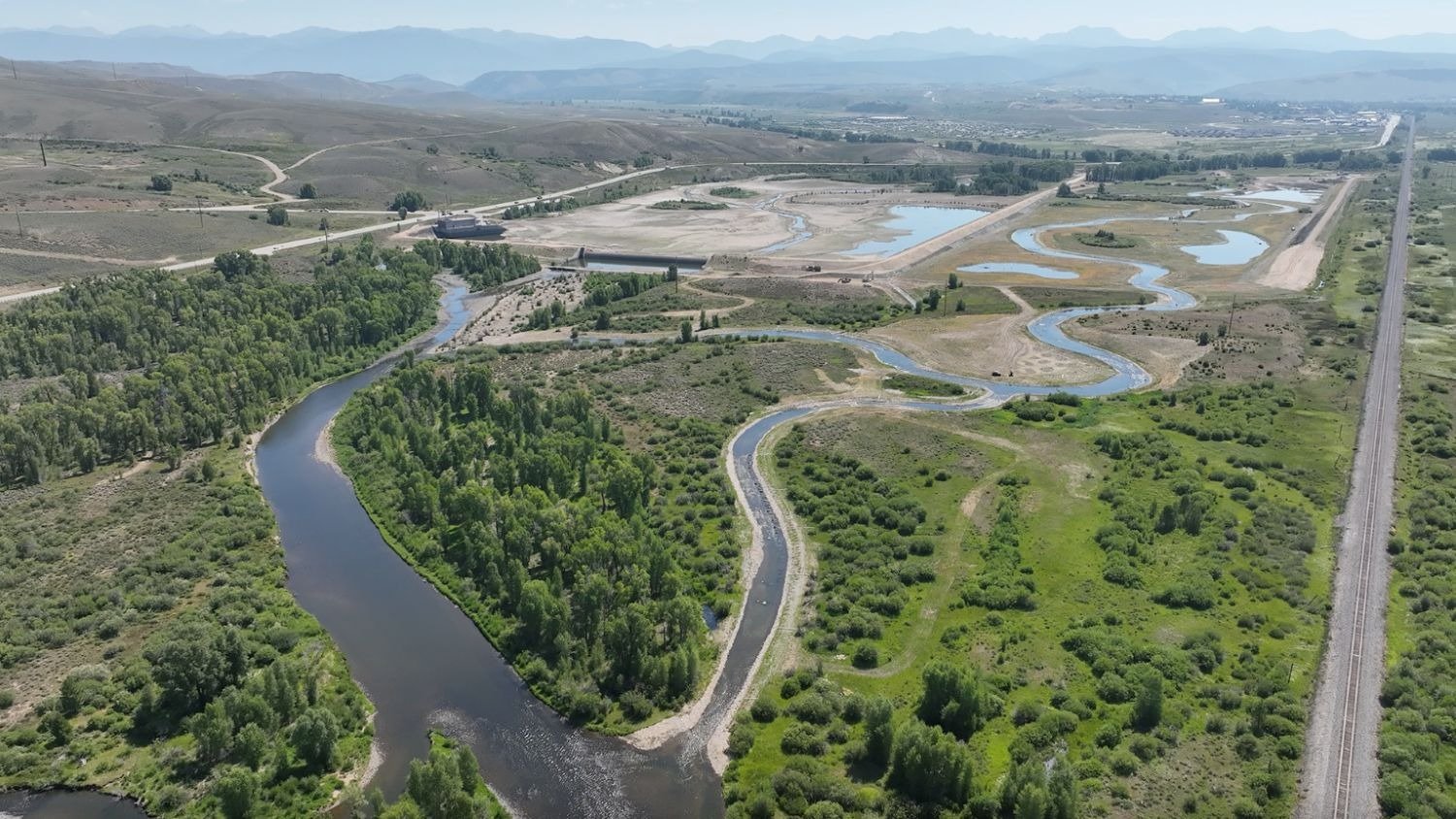Greetings to all from the beautiful Upper Colorado River, where after a long, wet spring, the river has finally started to drop. For a while there it seemed as though the entire summer might get washed away, but once the river dropped from those high levels, it cleared rather quickly and the fishing sprung to life immediately. In the first few weeks of July the river was more productive and fun that it has ever been, with big rolling waves rivaling those found in Glenwood Canyon, interspersed with eddies along the sides where the fish stacked up.
 The big news this year has been the return of the rainbows, which we have now in numbers not seen since the late eighties. The DOW stocked some Hofer rainbows near Kremmling a few years ago, and over the past five years or so they have been migrating downstream in increasing numbers. What was once a brown trout dominated river has become more diverse, with the ratio of browns to rainbows seemingly equal, and even a few more whitefish than usual. An even more exciting trend is that the rainbows have been somewhat larger than the browns thus far, and even the rainbows that are smaller fight above their weight class.
The big news this year has been the return of the rainbows, which we have now in numbers not seen since the late eighties. The DOW stocked some Hofer rainbows near Kremmling a few years ago, and over the past five years or so they have been migrating downstream in increasing numbers. What was once a brown trout dominated river has become more diverse, with the ratio of browns to rainbows seemingly equal, and even a few more whitefish than usual. An even more exciting trend is that the rainbows have been somewhat larger than the browns thus far, and even the rainbows that are smaller fight above their weight class.
Now that the river levels have come down, the fish have begun to disperse to their normal hidey-holes, no longer deep below the fast-moving current. It’s been interesting to see what former good holes have been covered in a layer of pink sand, and what new spots have been created. The once-lush lawn behind my shop is now a sandy beach, and the spit of land which was in front of the riverside camp spot at Jack Flats is gone. The river gouged a new channel right past it and tethering more than one boat there is tight.
Another odd thing is the amount of bugs we’ve had, or more correctly not had. In a typical year, we’ve have big trico hatches in the morning, some PMDs and Green Drakes later in the day, and caddis hatches off and on all day, but this summer they’ve been scarce. Instead, we’ve had little midges coming off, and the occasional confused caddis looking for love in the wrong places (or times). Even the grasshoppers have been a bit scarce this year.
One theory I’ve heard is that the hatches are simply delayed due to the deeper water, and the reduced sunlight making it to the river bottom. I’m hoping that’s true, and that we’ll be in for a fall to remember once the river level drops a little more.
 On our trips, I’ve been rigging my clients with two rods each – a four weight rigged with a double dry combination, and a five or six weight rigged with a streamer or two. On the dry rig, we’ve generally been using a high-vis caddis as the top fly, followed by a tiny Trico or cream colored midge as the second fly. As we make our way down the river, we’ve been tossing streamers into the eddy line and having pretty good results. It’s been a long spring for the fish too, and they seem to be more than willing to munch on smaller versions of themselves in lieu of macroinvertebrates. When we do see sippers in the foam, breaking out the lighter rods and tossing dries at them is still productive.
On our trips, I’ve been rigging my clients with two rods each – a four weight rigged with a double dry combination, and a five or six weight rigged with a streamer or two. On the dry rig, we’ve generally been using a high-vis caddis as the top fly, followed by a tiny Trico or cream colored midge as the second fly. As we make our way down the river, we’ve been tossing streamers into the eddy line and having pretty good results. It’s been a long spring for the fish too, and they seem to be more than willing to munch on smaller versions of themselves in lieu of macroinvertebrates. When we do see sippers in the foam, breaking out the lighter rods and tossing dries at them is still productive.
It’s been a memorable river year so far for a variety of reasons, and so it would only stand to reason that we might have great fishing right up to the Thanksgiving freeze-over this year!
Jack Bombardier, Confluence Casting
Gypsum, Colorado
(970) 524-1440
www.confluencecasting.com











